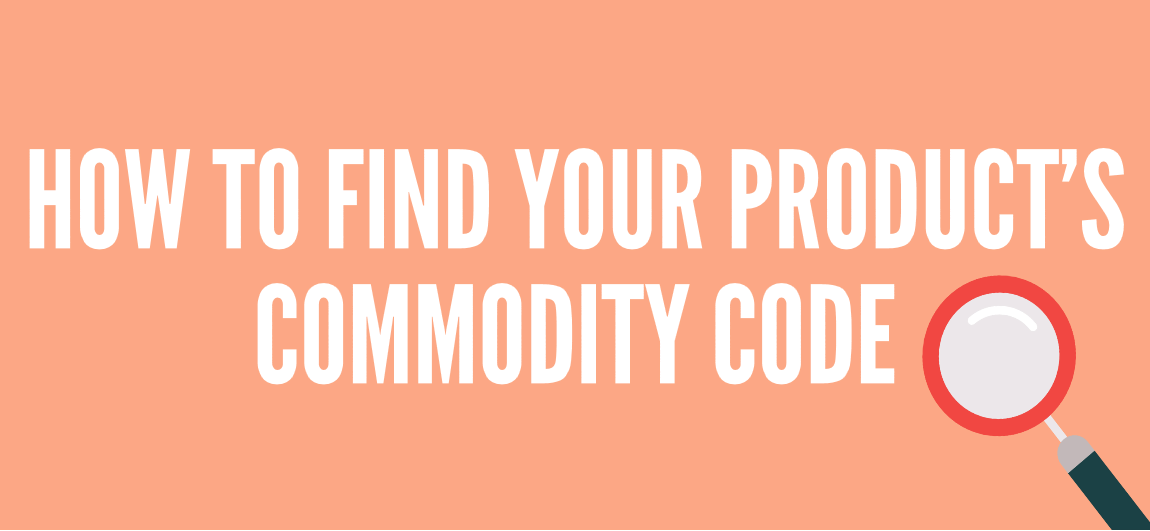In the world of international trade and commerce, understanding commodity codes is essential for smooth operations. Commodity codes are crucial in classifying products, facilitating accurate customs procedures, and ensuring proper taxation. This comprehensive guide will delve into the significance of commodity codes, why they are essential, and how you can find the correct code for your product. Additionally, we’ll explore the exciting avenue of learning commodity trading through a commodities trading academy.
What is a Product Commodity Code?
Commodity codes, called Harmonized Systems (HS) or tariff codes, are standardised numerical identifiers assigned to specific products. These codes are internationally recognised and are used to classify products for customs, taxation, and statistical purposes. Each code comprises a series of digits that provide detailed information about the product, including its origin, composition, and intended use. These codes form the backbone of global trade by ensuring consistency and accuracy in product classification.
Why Do I Need A Commodity Code?
Understanding commodity codes is crucial for several reasons:
- Customs Clearance: When importing or exporting goods, customs authorities require an accurate commodity code to determine applicable duties, taxes, and regulations. Incorrect codes can lead to delays, penalties, or even confiscation of goods.
- Accurate Tariff Calculation: Commodity codes are used to calculate import or export tariffs. Accurate classification helps you anticipate and manage costs associated with international trade.
- Trade Statistics: Governments and international organisations use commodity codes to compile trade statistics, which are vital for economic analysis and policy-making.
- Product Tracking: Commodity codes facilitate efficient supply chain management by providing a standardised way to identify and track products.
How do I find my product’s commodity code?
Finding the correct commodity code for your product may seem daunting, but it can be simplified with these steps:
- Research Online Resources: Customs websites of various countries offer online databases for searching commodity codes using keywords or product descriptions. These databases are user-friendly and provide valuable guidance.
- Consult with Experts: If your product is complex or you need clarification on the code, consider seeking assistance from customs brokers, trade consultants, or legal professionals who specialise in international trade.
- Utilise Classification Tools: There are various online tools and software available that can assist in determining the correct commodity code. These tools often provide automated suggestions based on the information you provide about your product.
- Review Official Documentation: Refer to the Harmonized System documentation published by international trade organisations. These documents outline the classification rules and guidelines that can help you accurately classify your product.
- Training and Workshops: Attend workshops or seminars on international trade classification. Chambers of commerce, trade associations, or governmental agencies often organise these events.
How to Learn Commodity Trading
Commodity trading is a potentially lucrative endeavour that demands a comprehensive comprehension of market trends, risk mitigation, and trading tactics. Enrolling in a commodities trading academy like Queensway Academy can equip you with the necessary knowledge and abilities to navigate through this intricate industry:
- Comprehensive Curriculum: A reputable trading academy offers a structured curriculum covering various aspects of commodity trading, including market analysis, trading techniques, and risk assessment.
- Expert Guidance: Experienced instructors and traders provide valuable insights, real-world examples, and practical advice to help you make informed trading decisions.
- Simulated Trading: Many academies offer simulated trading environments where you can practise trading without real financial risk. This hands-on experience enhances your confidence and understanding.
- Networking Opportunities: Joining a trading academy exposes you to a community of like-minded individuals, creating opportunities for networking, collaboration, and knowledge sharing.
- Stay Updated: Commodity markets are dynamic and influenced by global events. A reputable academy keeps you updated with the latest market trends, news, and opportunities.


